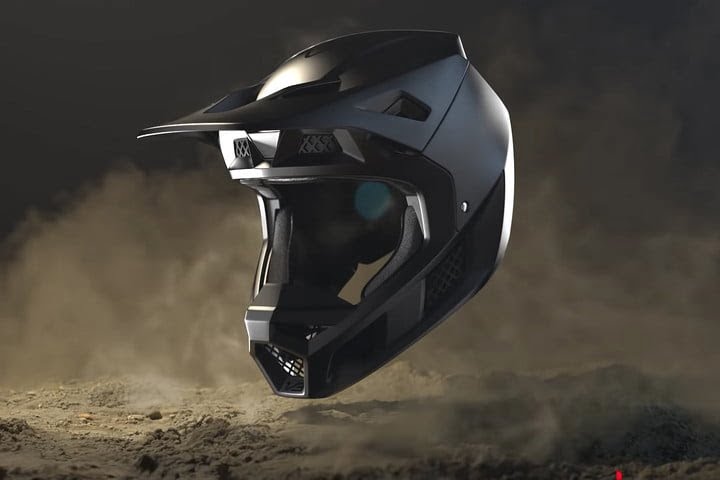In recent years one of the major research areas in sports medicine has been in the study of the effects of a head injury on an athlete's health. Research indicates that while a sudden and sudden blow to the skull can seriously damage the brain, small frequent impacts can cause even more damage.
If not kept in check, these continuous blows lead to memory loss, distorted vision, slowed reaction times, even Parkinson's and Alzheimer's: for this reason the manufacturers of protection are looking for more and more effective ways to keep their heads away.
One of the companies with an innovative approach, Fluid Inside has created a solution that follows human dynamics: it is an adaptable protective system that mimics the body's natural defenses.
To protect the brain from harmful impacts, our body has "coated" it with a thin layer of liquid that acts as a shock absorber. When our head hits something hard or receives a blow, it often causes the brain to move towards the sides of the skull: it is then that this liquid layer slows down the effects of the blow, or minimizes them.
In most cases this system works fine and we do not suffer damage: however, particularly heavy blows can overwhelm the capabilities of the protective liquid, and then it gets very bad. To avoid this, we wear helmets and helmets that provide different degrees of protection: those for cyclists best suited to avoiding falls, those for contact sports more suited to mitigating frequent blows.
The technology developed by Fluid Inside is called Fluid Pod: these are small "air chambers" placed inside the helmet and filled with a thick liquid like oil that mimics the dynamics of cerebrospinal fluids, adding a little space to absorb the energy of an impact and disperse it, minimizing its transfer to the head.
The position of the fluid-filled Pods is strategic and changes from helmet to helmet with specific mapping to adapt to the type of blows that the wearer can suffer.
The distribution of the Pods inside the helmets is the result of the research of Dr. Blaine Hoshizaki, an expert in the field of sports brain injuries: 25 years of observation and data collection that have allowed the birth of an entire university complex in Ottawa, Canada.
The difference with current helmets
Most helmets and helmets currently on the market are very suitable for preventing damage to the bones of the skull, but absolutely unsuitable for preventing damage to the brain: in the event of a fall, a cyclist will rarely have head and face damage, but may suffer a concussion. This depends on the construction mechanism of these helmets, created to absorb linear impacts, but not rotational energy.
One of the sports most protected by Fluid Inside helmets could be motocross. At the beginning of the month, the company announced the creation of V3, a helmet with liquid protection designed specifically for the type of impacts caused by motocross racing and jumping.


